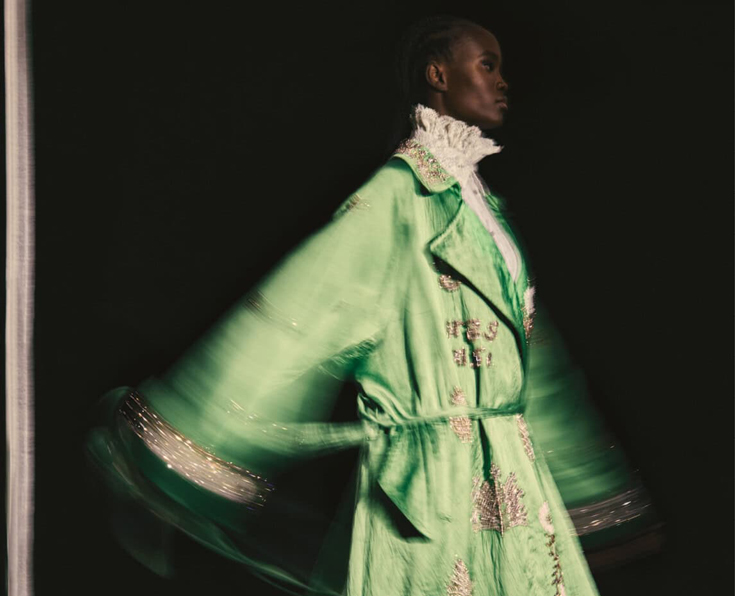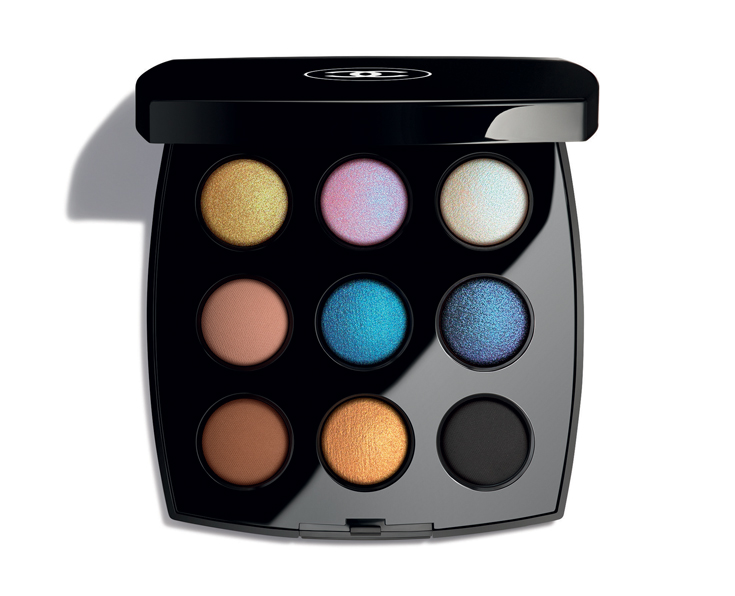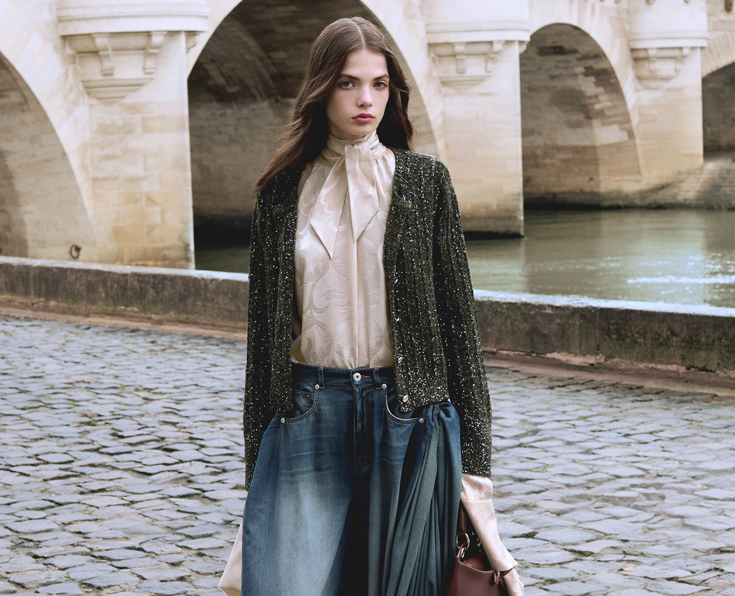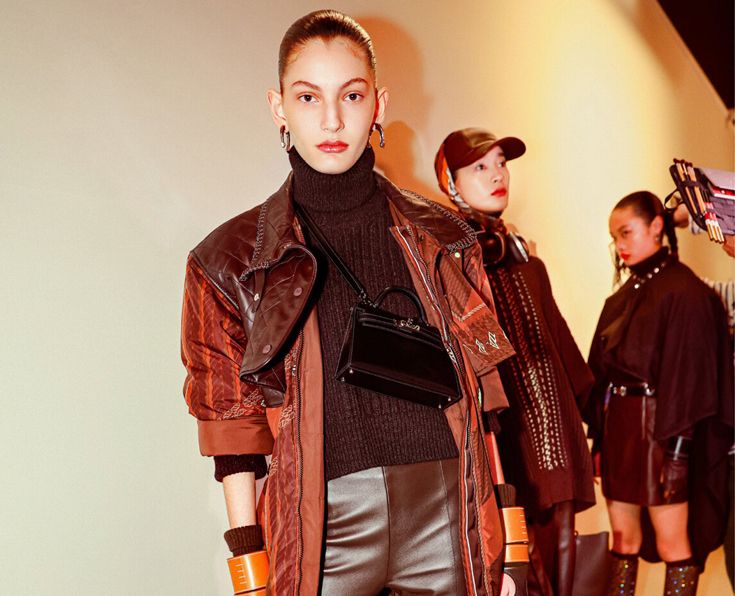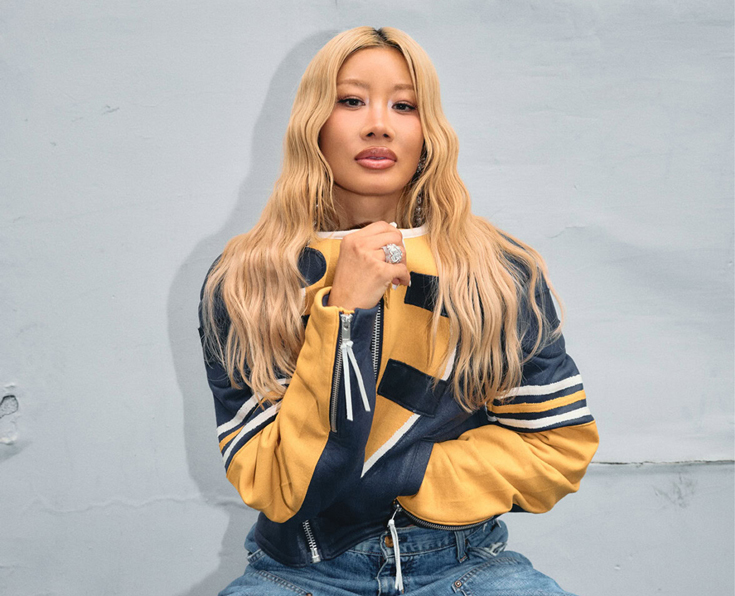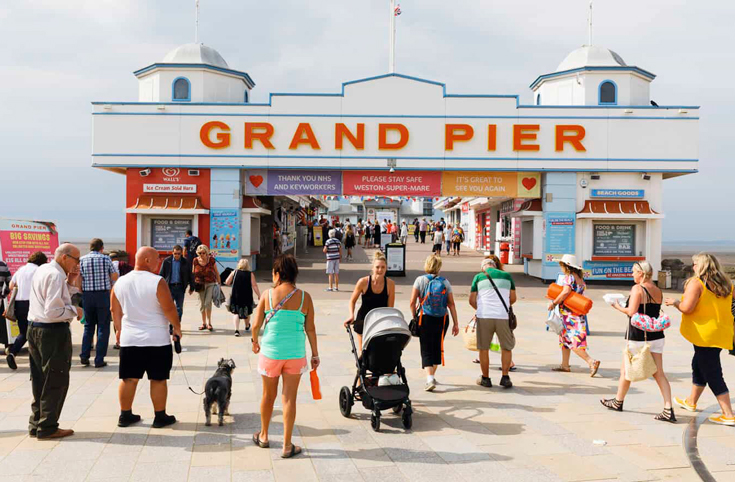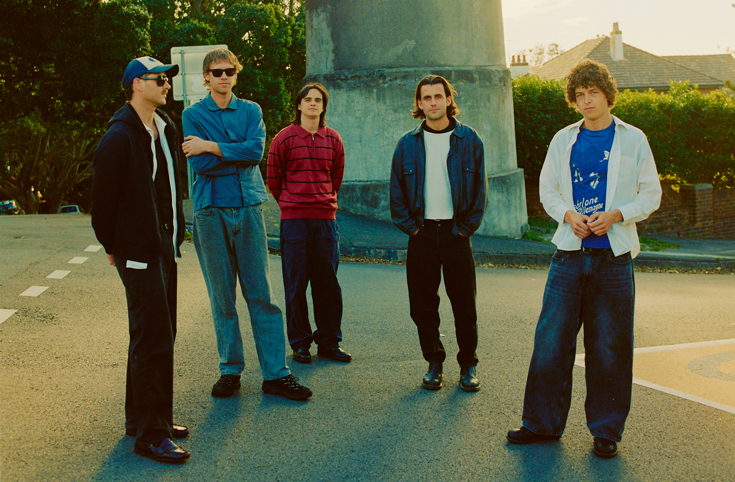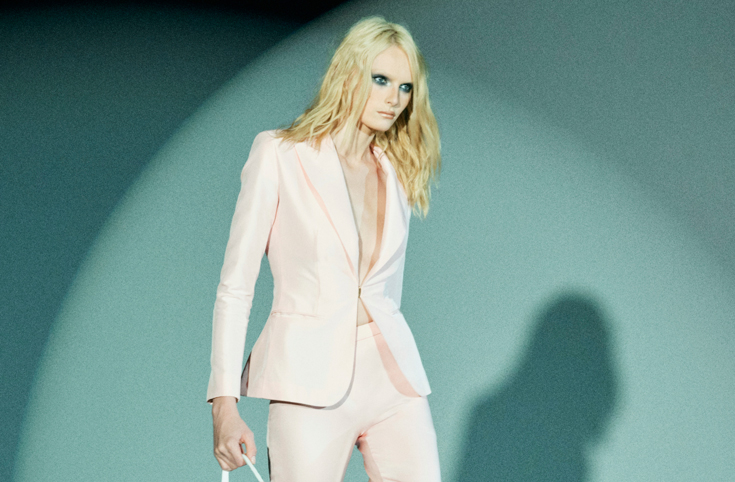BIENNALE OF SYDNEY: TEN THOUSAND SUNS
In his role as the inaugural Fondation Cartier First Nations Curatorial Fellow, Tony Albert is an instrumental voice in the 24th Biennale of Sydney. Working with 14 commissioned Indigenous artists, he has been helping bring their work to life in Ten Thousand Suns. Here, Albert talks to three of the artists, Kaylene Whiskey, Megan Cope and Dylan Mooney, about their journey to the Biennale, Community and the joy of being recognised and appreciated.
Partnerships like this hold a significant purpose for both the Fondation Cartier and the Communities and Artists they continue to work with, creating a cultural environment in which all participants have the opportunity to flourish. The commissioning process gives the potential for Artists to dream big and conceptualise their work at scale. It provides a nuanced platform of experts from curators and academics to craftspeople and fabricators. This kind of opportunity for engagement and visibility is incredibly important. I strongly believe that Indigenous voices need to be pushed to the forefront of global conversations, particularly in reflection to caring for country and land management. The art world is an important way in which these conversations can start and be brought to light. These cross-cultural connections intertwine and shine light on diversity, inclusivity, artistic creation and excellence.
KAYLENE WHISKEY
“For the Biennale of Sydney, I am making the biggest work I have ever made, and it’s my first time working with sculpture. It will be like a Kaylene Whiskey painting that you can walk into, say hi to all the ‘kungka kunpu’ [strong women] and join their party inside a giant TV! I have made a lot of cut-out plywood figures that I’ve painted, so they’re life-sized sculptures of some of my favourite people: Dolly Parton, Tina Turner, Wonder Woman. These ladies will be having a party inside the TV set. I’ve worked with the Biennale team on the design of the TV structure and have had a lot of fun making and choosing things to put in the interior, like party lights, plants and movie posters. I’ve also had some of the old ladies from my community help with making piti [hand-carved, wooden, carrying vessels] and tjanpi [baskets woven from native grasses] to be used in the work.
My works mix together things from Anangu culture – like the piti and tjanpi, as well as bush foods, plants and animals – with influences from popular culture like comic books, movies and music videos. I have a lot of fun combining these two parts of my life in my artworks and I love making people laugh and smile when they see them.
I grew up listening to music by Tina Turner and Dolly Parton – strong women with great songs and flash clothes. I loved reading comic books and watching music videos and my favourite movies. At the same time, when I was a young girl, I was learning about Tjukurpa [ancestral stories], hunting and bush tucker from my family. In my artworks, those two cultures come together – traditional Anangu culture and popular culture.
Today, I still love the same music and all the movies that remind me of that time in my life when I was young and happy, surrounded by friends and family. I want to share with the audience a strong, positive message about my remote Aboriginal community and make people smile, laugh and maybe even want to dance. It has been a lot of fun trying something completely new for this project. The artistic directors Cosmin Costinas and Inti Guerrero, and the Biennale team, have been amazing to work with. They have really supported me and encouraged me to go for my big ideas, and to make something exciting and special.
I’m proud to be involved with the partnership between the Biennale of Sydney and Fondation Cartier – it’s so great to see the power and importance of First Nations’ artists being recognised. Where I live there’s a very small and remote Aboriginal Community called Indulkana, so it’s amazing to be given the opportunity to make a big, special artwork for such an important event in Sydney that so many people will visit.”

PHOTOGRAPH COURTESY OF THE ARTIST AND IWANTJA ARTS.
MEGAN COPE
“I’m a Quandamooka woman from Moreton Bay, southeast Queensland, and I’m primarily a painter and sculptor. For the Biennale of Sydney, I’m making a big map work that is a continuation of my After the Flood series, which I’ve been painting for about 10 years now. I’m making a big work to share my country with the audiences of the Sydney Biennale. It’s a multilayered process. I work firstly over military maps from the first Royal Survey Corps series, a cartographic series of Australia. And then I employ a process of washers and layers of language to create new landscapes and present alternative ways of seeing a place. Our Community is so strong. We have such a rich, complex, diverse history. The work is always about celebrating that and also sharing the way we see our depth of memory, of time, of country, of Moreton Bay, of all of the seasons and cycles that are connected to the ocean. And also our language, so that we are repositioning and reconnecting with our place names. When we do that, we connect ourselves on a deeper level to Indigenous lands. It’s really exciting to be working with everybody. I’m very grateful to be commissioned.”

COURTESY THE ARTIST AND MILANI GALLERY. PHOTOGRAPHY: CARL WARNER
DYLAN MOONEY
“I am a Yuwi, Torres Strait and South Sea Islander man from Mackay, Far North Queensland. I’m creating a work that honours Malcolm Cole [1949-1995], who was part of the first Aboriginal float for Mardi Gras in 1988. [The Aboriginal and South Sea Islander Malcolm Cole re-enacted the arrival of the First Fleet in a boat of Black sailors pulled by a white man, casting himself as Captain Cook.] I’m looking at his legacy and what he has he done for our Community, the work he’s left behind. It’s been amazing to be invited to be part of the Biennale of Sydney. It’s a big achievement for me and it has been great to work with the Biennale team and learn more about Cole, the work he’s done. I met his twin brother, Robert, as well and learned from him, and I also met William Yang, who took the photos of Cole that I’ve been referencing to create this work. The work itself is a huge mural, which will be presented at the new White Bay space as part of the Biennale.
A work like this is initially created digitally, I draw it on my computer. Then there was a lot of back and forth with Robert and the Biennale team before I finally hand over to the muralist who takes my work and puts it into the large-scale piece. Malcolm Cole’s story is amazing. First, his legacy within the field of dance and education, and then his advocacy for Aids and the whole movement attached to the broader LGBTQI+ community. I think the most fascinating thing for me is the work he’s done, especially with his dance, as he was able to travel not just Australia-wide, but globally as well. Being put on a stage such as this is pretty amazing. And it’s something that I aspire to as well.
It’s unreal to be picked by Fondation Cartier alongside other First Nations’ artists. It’s almost dreamlike in a way. I never thought that this would be part of my career and that I would get to work with people such as the Fondation.”

COURTESY OF DYLAN MOONEY AND N.SMITH GALLERY ARTWORKS COMMISSIONED BY THE BIENNALE OF SYDNEY AND THE FONDATION CARTIER POUR L’ART CONTEMPORAIN
Taken from Issue 23 of 10 Magazine Australia, out now.

